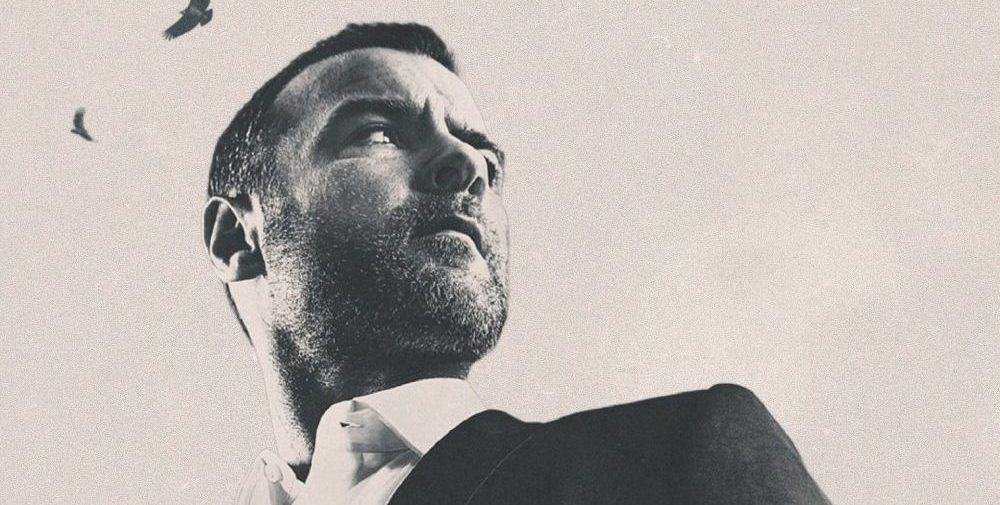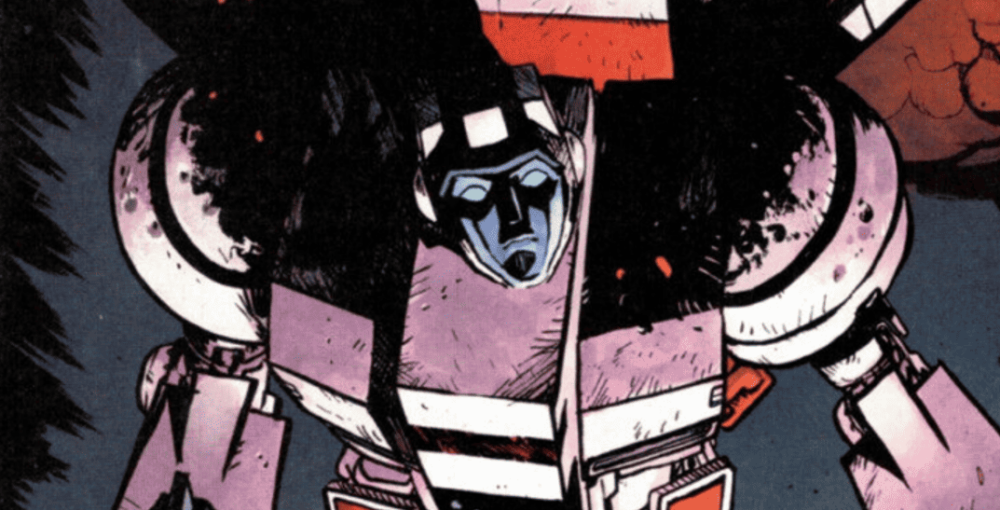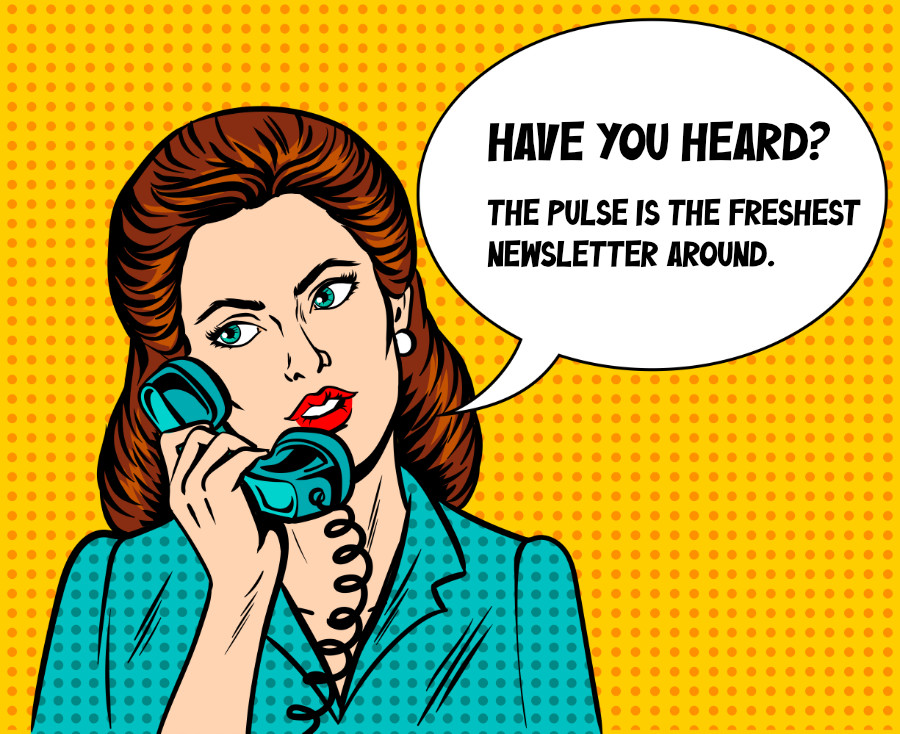There is no denying the immense success and popularity of Marvel movies in recent years. With blockbuster hits such as The Avengers, Black Panther, and Captain Marvel breaking box office records, it’s clear that these superhero movies have captured the hearts and minds of audiences all over the world. However, while these movies may be entertaining and visually stunning, there is much more to them than meets the eye. Beyond the epic battle scenes and flashy special effects lies a rich world filled with complex characters, intricate storylines, and thought-provoking themes. In this guide, we will journey beyond the screen to deeply explore the world of Marvel characters. From their origins in comic books to their evolution on the big screen, we will take a closer look at what makes these iconic characters so compelling and beloved by fans.
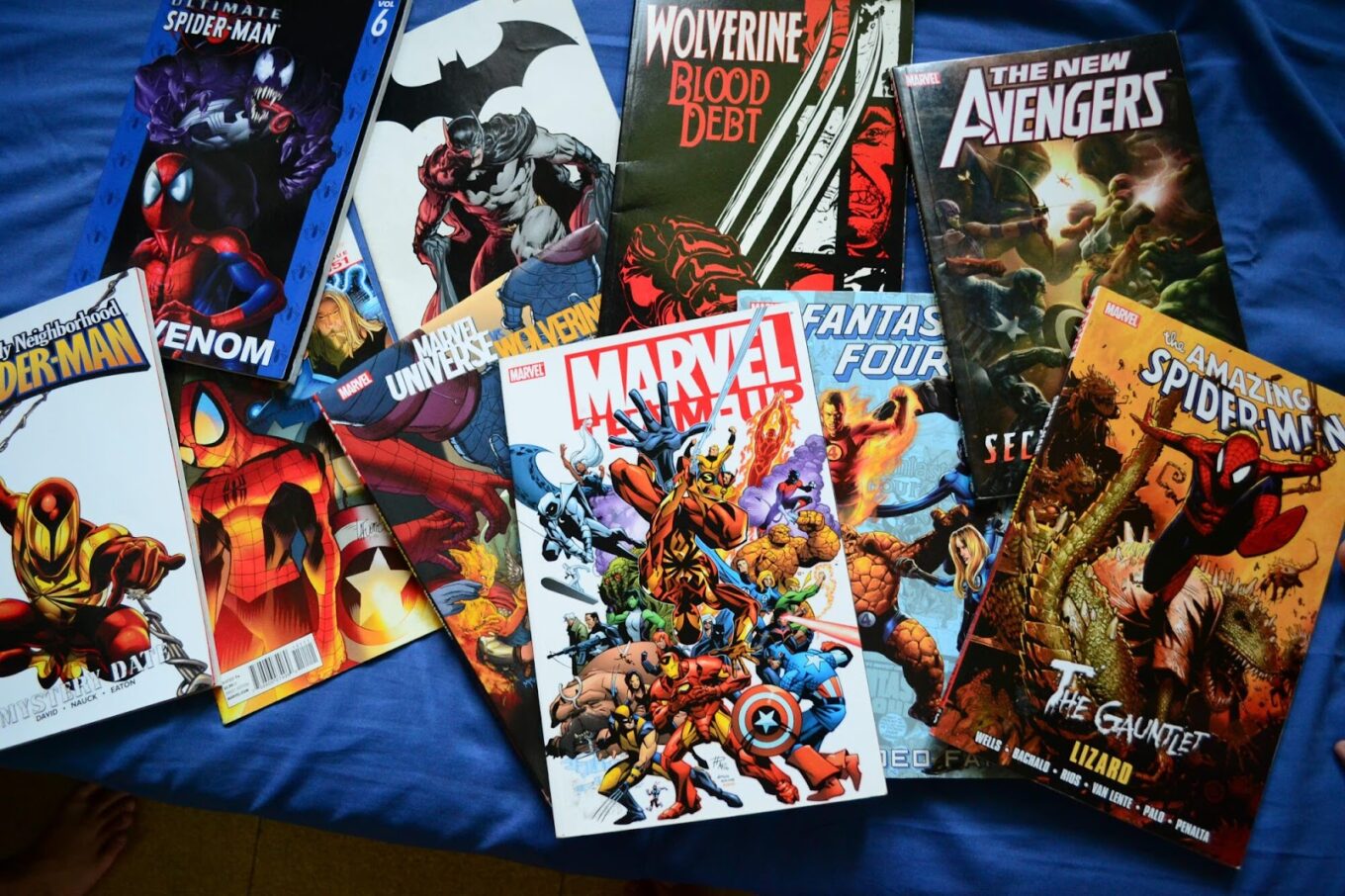
The Rise of Marvel: From Comics to Blockbusters
The rise of Marvel as a dominant force in the entertainment industry can be traced back to its origins in comic books. Since its inception in 1939, Marvel has been creating unforgettable characters and captivating stories that have stood the test of time. From the iconic duo of Spider-Man and Captain America to lesser-known heroes like Ms. Marvel and Black Panther, each character has a unique backstory, powers, and struggles that make them relatable to audiences of all ages. With the success of the Marvel Cinematic Universe (MCU) in recent years, these characters have been brought to life on the big screen like never before. The intricate and interconnected storylines of the MCU have captivated audiences and kept them invested in each new release. However, the impact of Marvel goes beyond just movies – it has expanded into TV shows, video games, merchandise, and even board games. If you’re into board games, you can check out Marvel Champions The Rise of Red Skull or other Marvel-themed board games that offer a new way to experience the world of these beloved characters. The success of Marvel is a testament to its ability to continuously reinvent itself while staying true to its roots.
Exploring the Multiverse
The allure of Marvel films lies in their interconnectedness, weaving individual stories into a grand, unified narrative known as the Marvel Cinematic Universe (MCU). This concept of a shared multiverse has been present in Marvel comics for decades but was brought to life on the big screen in 2008 with the release of Iron Man. Since then, each new movie introduces new characters and expands on existing storylines, creating a web of connections that fans love to unravel. From subtle Easter eggs to full-blown crossovers, every detail in these movies has significance in the larger scheme of things. This not only keeps fans eagerly anticipating the next installment but also encourages them to go back and rewatch previous movies, discovering new connections each time. The concept of a multiverse also allows for dynamic character development, as characters from different movies can meet and interact with one another, often leading to unexpected alliances or conflicts. This adds depth and complexity to the storytelling and creates a sense of continuity throughout the MCU. The success of exploring the multiverse in Marvel movies has paved the way for other franchises to follow suit, creating a trend that shows no signs of slowing down.
Unpacking Superhero Identities
Most heroes have a secret identity, hiding their powers and true identities from the world while using their alter egos to fight crime and save the day. This duality is not only essential for maintaining a sense of normalcy but also serves as a source of conflict and inner turmoil for many characters. For example, Peter Parker struggles to balance his personal life as a high school student with his responsibilities as Spider-Man. Similarly, Tony Stark grapples with the weight of being Iron Man and constantly battles with his demons and past mistakes. These inner struggles and complexities add depth to the characters, making them more relatable and human. Furthermore, exploring the psychology behind these identities can offer insight into their motivations, fears, and desires. For instance, the Hulk represents Bruce Banner’s repressed anger and trauma, while Loki’s villainous actions stem from his deep-seated feelings of inadequacy and jealousy towards his brother Thor. By unpacking the superhero identities within Marvel characters, we can gain a deeper understanding of their journeys and how they navigate through challenges both as heroes and as individuals. This allows us to see these characters in a different light and appreciate the nuances of their personalities beyond their superpowers.
Breaking Stereotypes
In recent years, there has been a push for more representation and accurate portrayals of marginalized communities in media, and Marvel has been at the forefront of this movement. From Black Panther being the first major superhero movie with a predominantly black cast to Captain Marvel breaking barriers as the first female-led solo film in the MCU, these movies have shattered stereotypes and given underrepresented groups a platform to see themselves on screen. Moreover, characters like Valkyrie, Okoye, and Shuri break away from traditional gender roles and showcase strong, capable women who are just as integral to the story as their male counterparts. Marvel has also made strides in representing LGBTQ+ characters, with Valkyrie being confirmed as bisexual and Joe Russo making a cameo as an openly gay man in Avengers: Endgame. By breaking stereotypes and showcasing diverse characters, Marvel movies not only reflect the real world but also send a powerful message of inclusivity and acceptance to audiences of all backgrounds. This representation is important for young viewers who may see themselves represented on screen for the first time and feel empowered to embrace their identity without fear or shame.
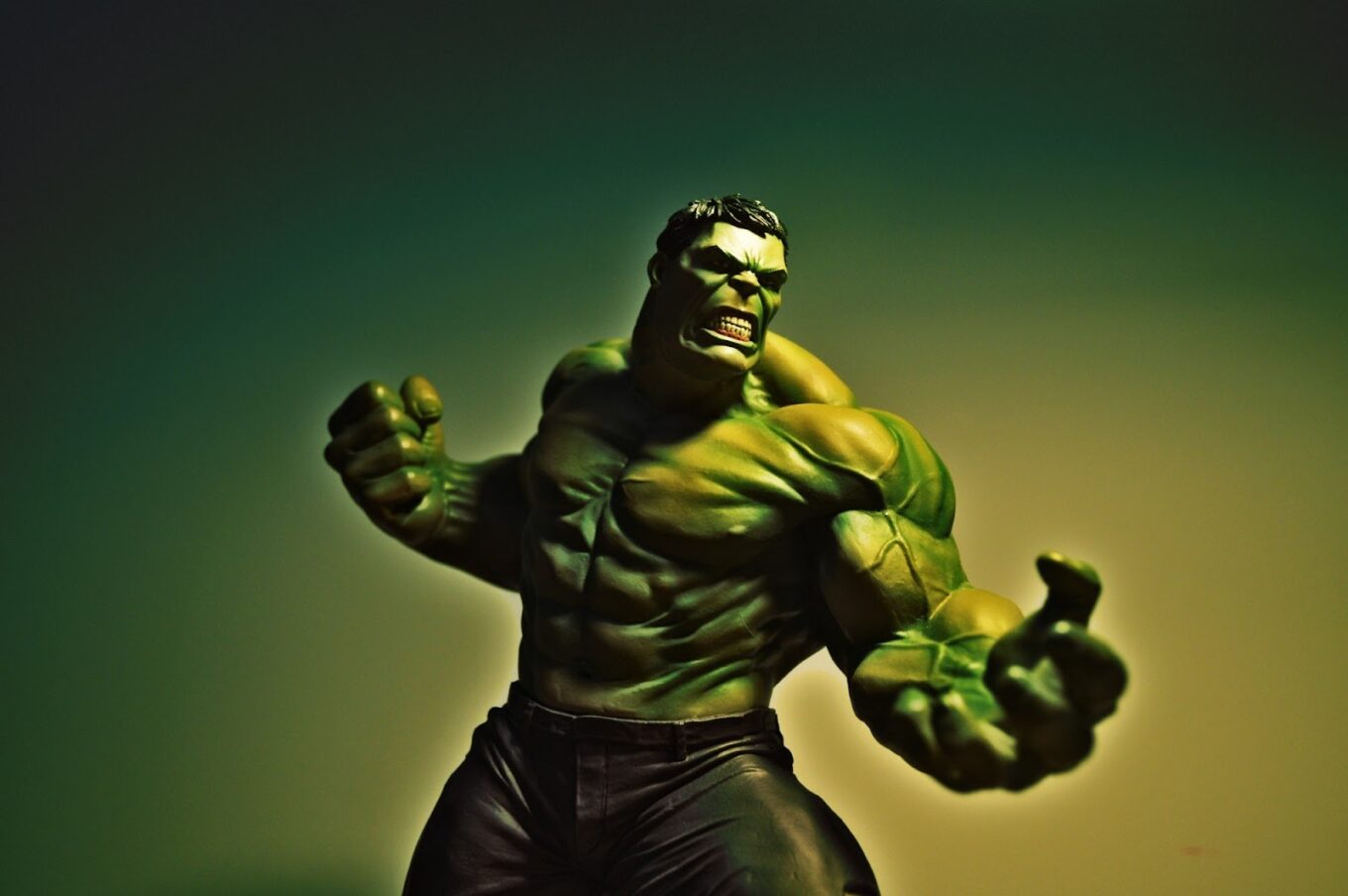
Beyond Good vs Evil
While traditionally, superheroes are seen as purely good and villains as purely evil, this black-and-white approach is rare in the MCU. Instead, we see characters with both good and bad traits, blurring the lines between good and evil. For instance, Iron Man may save the day, but he also has a history of selfish and reckless behavior. Similarly, Black Widow has a past as an assassin but uses her skills for good now. This complexity allows for more realistic and relatable characters, as no one is purely good or evil in real life. It also raises thought-provoking questions about morality and its shades of gray. Does the end justify the means? Can someone who has done bad things redeem themselves by doing good? These are some moral dilemmas Marvel characters face, making them more multidimensional and compelling. This complexity adds layers to character development and opportunities for growth and redemption. We see this with Loki, who starts as a villain but goes through self-discovery and ultimately sacrifices himself for the greater good.
Reimagining Iconic Characters
Another aspect that sets Marvel apart from other superhero franchises is their ability to reimagine and revitalize classic characters. While some may argue that these characters have been around for decades and have been constantly reinvented, Marvel takes it further by infusing new life into them through diverse casting, modern storytelling, and bold character developments. For example, Thor went from the traditional blonde-haired Norse god to a more dynamic character with long hair and a beard in the MCU. Also, previously male characters like Ghost Rider and Ironheart were reimagined as female in recent comics. By diversifying their characters, Marvel reflects the ever-changing world and promotes representation and inclusivity. Marvel has also taken risks with character developments, such as making Steve Rogers an elderly man in the comics and passing the Captain America mantle to Sam Wilson (Falcon) in the MCU. These bold choices deepen existing characters and create new storylines and perspectives.
Evolution of Storytelling
Finally, one of the most fascinating aspects of Marvel movies is their use of themes and symbolism to convey deeper messages. Though these movies may initially appear as merely entertaining action films, a closer look reveals they are imbued with profound meaning and commentary on real-world issues. For example, Black Panther touches on themes of colonization and cultural identity, while Captain America: The Winter Soldier explores government surveillance and personal freedom. These underlying themes add depth to the storytelling and allow for multiple layers of interpretation for audiences. Furthermore, through visual symbolism and callbacks to past movies, Marvel creates a sense of continuity and connection between different installments in the MCU. This adds to the overall viewing experience and encourages viewers to reflect on and analyze the deeper messages within these movies.
Marvel movies offer much more than just entertainment – they are a reflection of our society, exploring complex themes and characters that have captivated audiences for decades. From their origins in comic books to their evolution on the big screen, Marvel continues to push boundaries and challenge traditional storytelling methods, making their characters and stories relevant and relatable to audiences of all ages. So whether you’re a die-hard fan or new to the world of superheroes, there is always something new and exciting to discover in the vast universe of Marvel.



